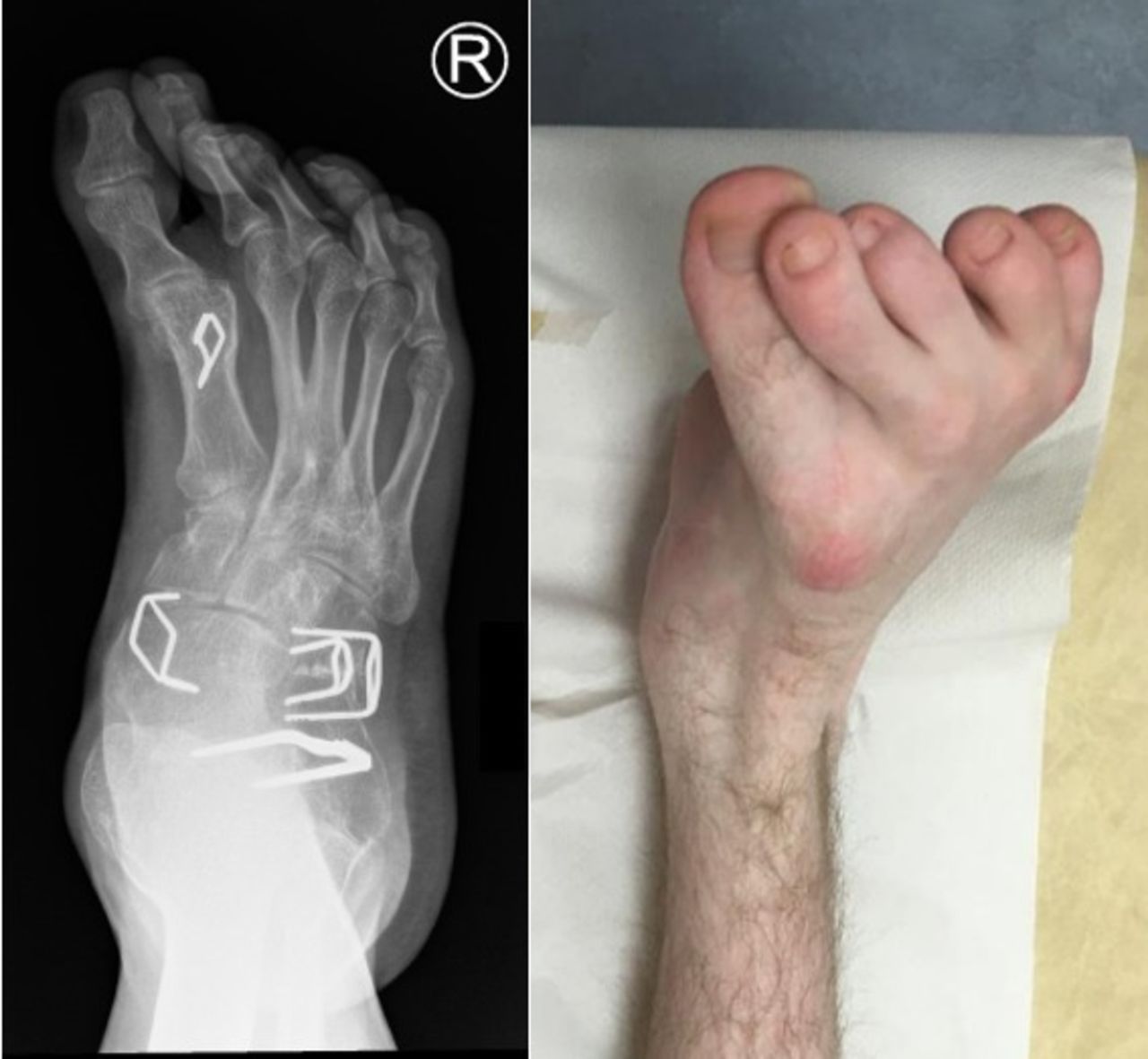What are the symptoms of skew foot?
Skew foot, also known as skewfoot or skewed foot, is a condition where the foot is abnormally oriented or positioned. The symptoms of skew foot can vary depending on the severity and underlying cause, but common symptoms include:
- Foot Deformity: The foot may appear tilted or misaligned compared to the normal position, which can be noticeable when looking at the foot from different angles.
- Pain or Discomfort: Individuals may experience pain or discomfort in the foot, especially when walking or standing for extended periods.
- Difficulty Walking: The abnormal foot positioning can make walking or maintaining balance challenging.
- Shoe Wear Issues: Shoes may wear unevenly or may not fit properly due to the altered position of the foot.
- Swelling: There may be localized swelling around the foot or ankle.
If you suspect skew foot, it is important to consult a healthcare provider for an accurate diagnosis and appropriate treatment.
What are the causes of skew foot?
Skew foot can arise from various causes, including:
- Congenital Conditions: Some individuals are born with skew foot due to genetic factors or developmental abnormalities in the foot structure.
- Trauma or Injury: Injuries to the foot or ankle, such as fractures or dislocations, can lead to skew foot if they result in misalignment or improper healing.
- Muscle Imbalance: Imbalances in the muscles or tendons around the foot and ankle can cause abnormal positioning of the foot.
- Neuromuscular Disorders: Conditions that affect the nerves or muscles, such as cerebral palsy or muscular dystrophy, can lead to skew foot by altering muscle control and foot positioning.
- Arthritis: Joint inflammation or deformities resulting from arthritis can affect the alignment of the foot.
- Footwear: Poorly fitting or inappropriate footwear over time may contribute to or exacerbate skew foot.
- Structural Abnormalities: Abnormalities in the bones or joints of the foot, such as flatfoot or high arches, can lead to skew foot.
If you are experiencing symptoms or suspect skew foot, it is advisable to consult a healthcare provider for a thorough evaluation and appropriate management.
What is the treatment for skew foot?
The treatment for skew foot depends on the severity and underlying cause. Approaches may include:
- Orthotic Devices: Custom-made orthotics or shoe inserts can help correct foot alignment and provide support.
- Physical Therapy: Exercises to strengthen and balance the muscles around the foot and ankle can improve alignment and function.
- Footwear Modifications: Wearing properly fitted shoes or using special footwear designed to address foot deformities can alleviate symptoms.
- Bracing: In some cases, braces may be used to hold the foot in a more correct position.
- Medications: Pain relievers or anti-inflammatory medications can help manage discomfort or inflammation.
- Surgery: In severe cases or when conservative treatments are ineffective, surgical intervention may be required to correct structural abnormalities or realign the foot.
A healthcare provider, such as a podiatrist or orthopedic specialist, can offer a tailored treatment plan based on an individual’s specific needs and the underlying causes of the skew foot.

Leave a Reply
You must be logged in to post a comment.